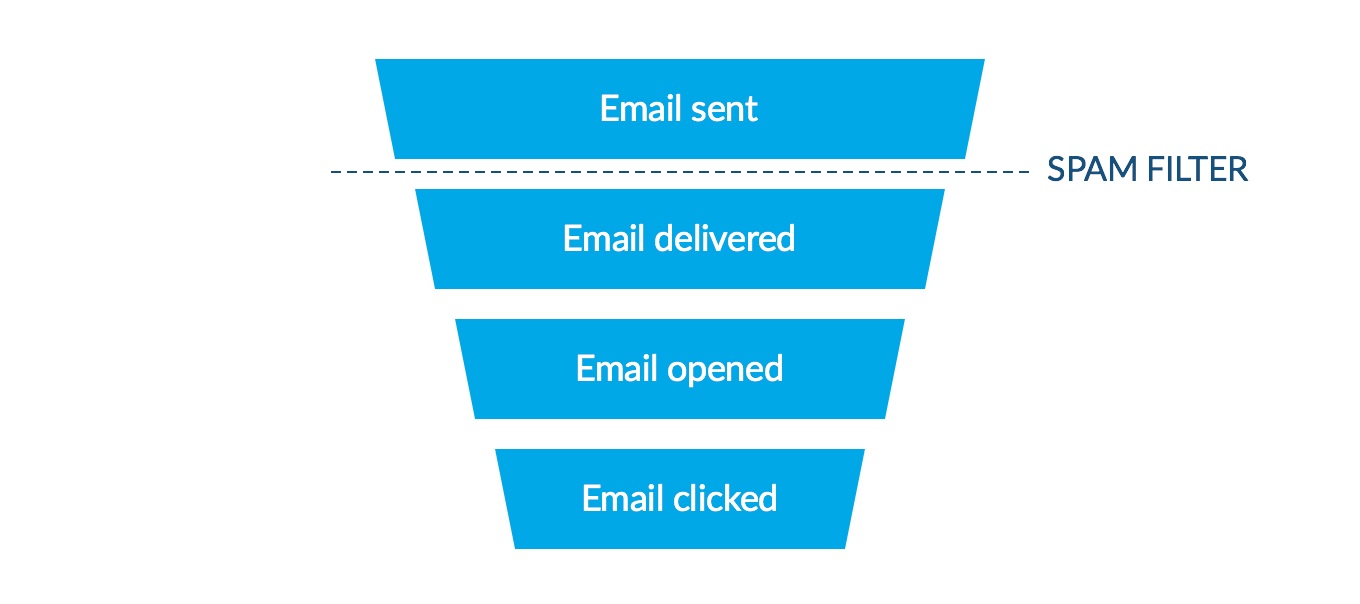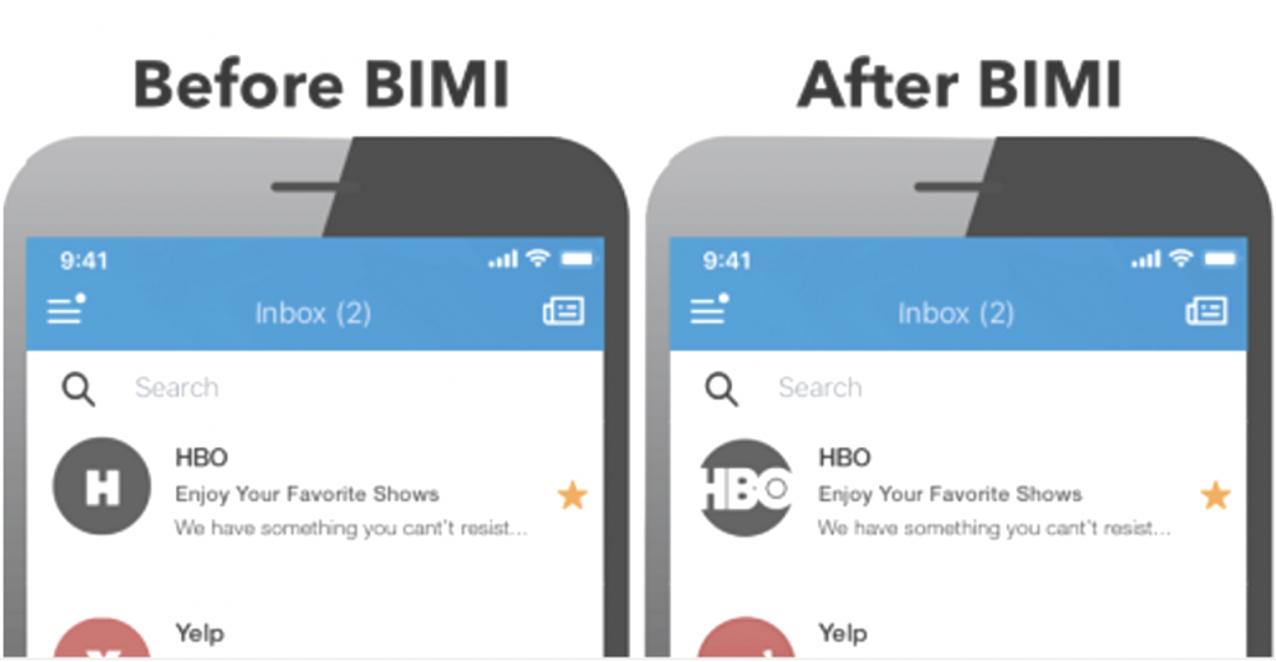
Email marketing remains a prominent staple in most digital marketing strategies, and for a good reason. This marketing channel delivers excellent Return On Investment (ROI) and lends itself to deep personalization and efficient automation. Still, its success depends on proper execution, starting with the fundamentals of deliverability – your emails do need to reach their recipients, first and foremost. To ensure they do, you may need to improve your email sender reputation.
However, this is no simple subject, so let us explore it in due depth.
What is email sender reputation?
First things first, what is email sender reputation? In simple terms, it’s a reputation “score” internet service providers assign to an email sender. They primarily do so to filter out spam and otherwise annoying senders, as this metric informs email deliverability. Forbes explains this as follows:
“Your email sender reputation is a score assigned to your company or organization once it’s identified as a sender of email by the [ISP]. […A] higher score means it is more likely the ISP will deliver the email to the inbox. Similarly, a lower score […] could lead to the ISP sending the email to a recipient’s spam folder or simply refusing to deliver it at all.”
Exact score ranges will differ among ISPs, of course, but the final goal of email marketers should remain the same. That is, avoiding ISPs’ spam filters to achieve delivery:

Measuring email sender reputation
Email sender reputation is an internal metric that ISPs don’t typically share with senders. So before you can improve your email sender reputation, you will need the ability to check and measure it.
#1 Measure your reputation directly
Your first option in this regard comes with third-party tools and services. Tools that directly measure your sender score include:
- Cisco’s Talos
- Barracuda’s IP/Domain Lookups
- Microsoft’s Smart Network Data Services (SDNS)
- Google’s Postmaster Tools
- Validity’s Sender Score
Here it bears noting that different checkers will use different score systems. Some will offer detailed 0-100 scales, while others will only provide general classifications like “poor” and “good.”
#2 Measure your email marketing metrics
Your second option requires that you keep track of numbers that relate to your email marketing performance. Such metrics should include Key Performance Indicators (KPIs) like:
- Open rates
- Click-through rates (CTR)
- Click-to-Open rates
- Unsubscribe rates
- Bounce rates
Keeping track of such KPIs will also help keep your email campaigns on the right track. Identifying email marketing mistakes and shortcomings early can often separate success from failure. You can also read more about this in our Smaily user manual.
But more importantly, in this article’s context, it will reveal shortcomings that might be damaging your sender reputation. That’s because, typically, those are the same metrics ISPs use to determine outreach quality:

How to improve your email sender reputation
With this context in mind, you may begin to take active measures toward improving your email marketing KPIs. In doing so, you will secure more engagement and conversions and improve your reputation in the process.
#1 Cleanse your lists regularly
Starting with your lists, you may first take a hard look into your contacts’ engagement and quality – and cleanse accordingly. Cleansing email lists of underperforming contacts doesn’t come easily to many marketers, but quality always comes before quantity.
Consider such cases as the following that can harm your email sender reputation:
- Unused emails; inevitably lead to hard bounces down the line
- Unengaged contacts; reduce your engagement rates
- Unwilling recipients; do not engage and often file spam complaints
The best way to avoid unwilling recipients is to avoid purchased email lists at all costs – as we’ll cover next.
Naturally, how exactly you determine which contacts need to be cleansed will depend on you. For one, marketers define poor engagement rates differently, and you may deem some contacts too valuable to remove early.
#2 Polish your content
On the subject of engagement rates, another excellent way to improve your email sender reputation is to polish your content. Making your emails irresistible will benefit both your bottom line and your reputation.
This is a subject too vast to cover here. Fortunately, we’ve done so before, so here you may consider the fundamentals of email optimization:
- Typography; your font choices
- Mobile optimizations; how mobile view frames your emails
- Behavioral emails; automation in response to recipient history and actions
- Seasonal value; leveraging holidays and events for email marketing
- Brand consistency; how your emails align with your branding efforts
Still, personal data and audience insights also matter tremendously. Your audiences may prefer a different tone, for example, or value emojis – so not all email optimizations are universally applicable.
#3 Use BIMI
What is universal is the need for your audiences to recognize you as a sender immediately. As we’ve established, how often they open your emails is a crucial sender reputation KPI, and your marketing success also hinges on it. To ensure better open rates, you may employ Brand Indicators for Message Identification or BIMI.
This acronym may sound slightly intimidating, but it simply means making your sender profile easier to recognize. You may typically do so through brand logos, like in the following example:

If you’d like a deeper dive into this practice, we have also covered BIMI email authentication.
#4 Examine your sending times
Finally, another effective way to improve your email sender reputation is to examine your sending times and outreach frequency. As with the above suggestions, these factors too will enhance your marketing effectiveness – and your reputation in the process.
As regards sending times, research finds that the best days are typically Tuesday, Thursday, and then Wednesday. The best times differ somewhat across industries and audience segments, but 6 a.m and 10 a.m seem to be the safest early hours, followed by 2 p.m and 8 p.m for late hours.
As regards outreach frequency, the rough standard is once per month. However, just as with optimal sending times, your final choices should always depend on your unique insights. Different times and frequencies resonate better with different audiences and even audience segments, so accounting for yours is imperative.
Avoiding harming your email sender reputation
All that said, it bears noting that an email sender reputation is more easily harmed than improved. So, before concluding, here we may briefly outline proactive measures you can consider to maintain your reputation unharmed.
#1 Avoid purchased email lists
First and foremost, you must avoid purchased email lists at all costs. They may seem like an easy solution for quick results but will most often only harm your campaigns. If you wouldn’t engage with unsolicited emails from unknown sources, why would your recipients? In addition, how will you improve your email sender reputation once these recipients start filing spam complaints?
Instead, you may strive to build quality mailing lists organically. There are many ways to tackle this challenging step, such as through efficient landing pages fueled by social media shares. Another example, as our article above also covered, is to use your email signature to encourage subscriptions:

#2 Use double opt-in
On the subject of consent, you may also use a double opt-in. Yes, this does introduce another step to the process, which may discourage some leads. But a double opt-in has more advantages than disadvantages to make up for relatively slower email list growth:
- Fewer errors; incorrect email addresses will often make it into your lists due to human error. Avoiding such emails makes cleansing your lists easier and prevents hard bounces that harm your sender reputation.
- More engaged leads; most leads acquired through double opt-in are typically more involved with your brand. Remember, quality beats quantity as regards engagement KPIs.
- Legality; finally, some countries’ laws require double opt-in, to begin with. This may not apply to you, but overall, it is still a healthier subscription process.
#3 Always offer the option to unsubscribe
Finally, after you’ve accounted for email copy quality and optimal sending times, you may take one final consent-minded step. That is, you can ensure recipients always have the option to unsubscribe.
This, too, is an excellent way to improve your email sender reputation. By consistently offering this option, you’re allowing disengaged contacts to unsubscribe on their own, keeping your lists clean. You’re preventing engagement rate dips and even cases where unwilling or frustrated recipients file spam complaints.
Doing so is very simple. You may do so right in your email footer like Wix does:

Conclusion
Your sender reputation affects your emails’ deliverability and can seriously harm your campaigns if left unchecked. Thankfully, many email marketing best practices can help improve your email sender reputation or prevent harmful effects. The above suggestions should offer a robust foundation to get you started, so review your stats and numbers, and push ahead!
About the author
Bryan Johnson is a senior copywriter at a digital marketing agency that offers SEO, PPC, web design, and other services.